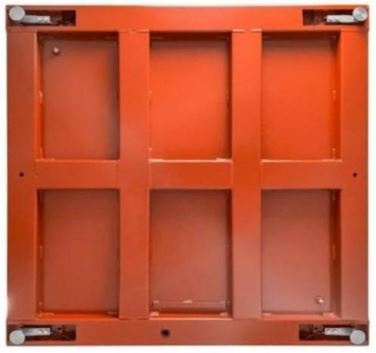How Much Do Floor Scales Cost?
This is a fairly popular question. How much does a floor scale cost? Potential customers may swap the phrase pallet scale or platform scales etc… but the question is basically the same. Floor Scale Prices Floor Scales are typically designed to weigh a pallet. Therefore, they’re usually in the 3’x3′ to 5’x5′ range. You often… Read More »
